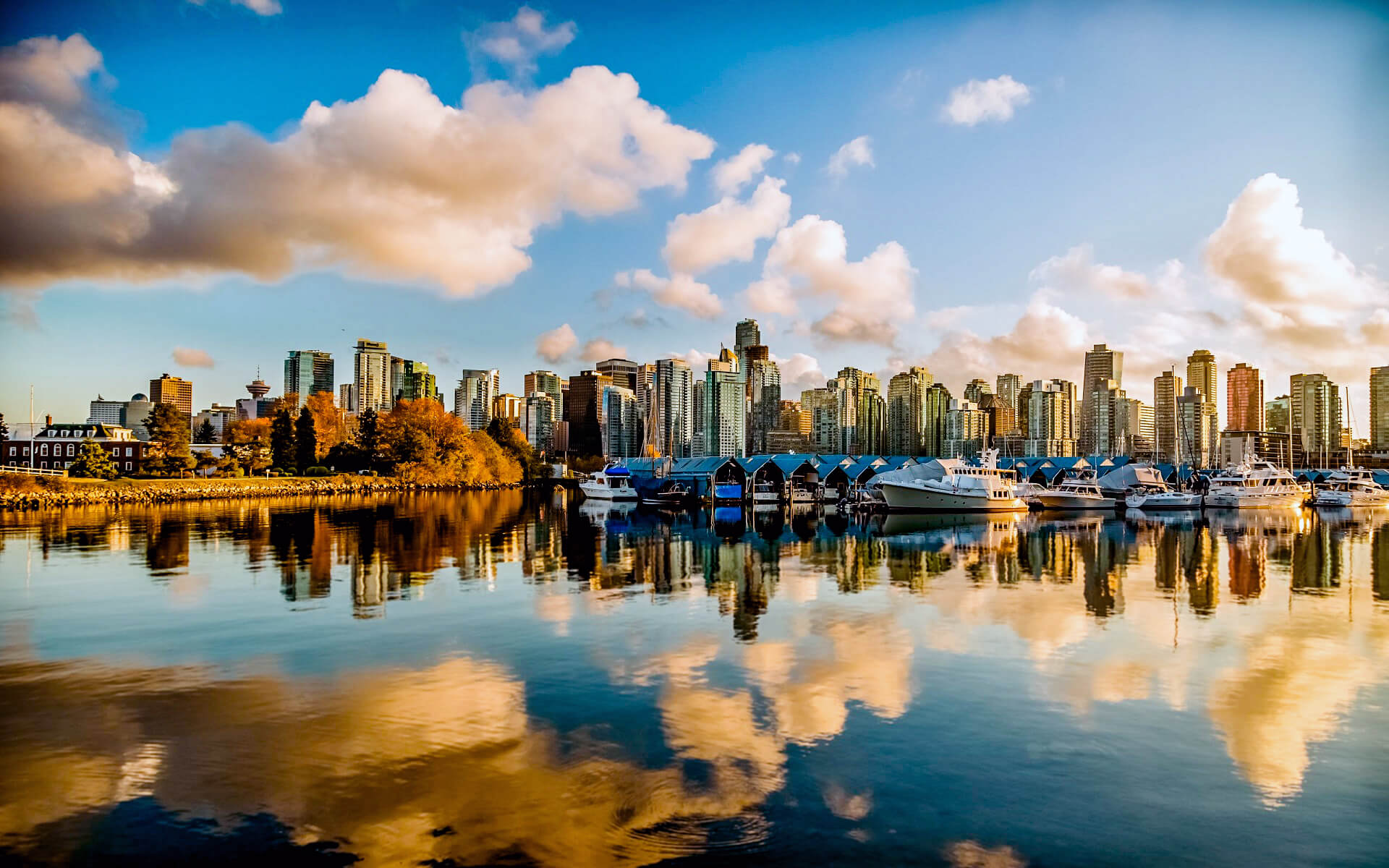The city values education and research, which are provided through the University of Waikato and the Waikato Institute of Technology (Wintec). The Ruakura research facilities have been responsible for much of New Zealand’s agricultural innovation. Because of its position in the heart of New Zealand’s biggest dairying region – the Waikato region – the dairy sector is Hamilton’s major source of income.
The National Agricultural Fieldays at Mystery Creek, the southern hemisphere’s largest agricultural trade expo, are held in Hamilton every year. Mystery Creek is the country’s biggest event venue, and it also holds major national events including the Parachute Christian Music Festival, the National Car Show, and the National Boat Show.
Manufacturing and retail are also significant to the local economy, as is health care provided by the Waikato Hospital. Pacific Aerospace, New Zealand’s biggest aircraft manufacturer, produced its 1,000th aircraft in August 2009, and Micro Aviation NZ, which makes and distributes high-quality microlight aircraft. It also boasts the most trailer-boat manufacturers, including Buccaneer. Gallagher Group Ltd, a producer and supplier of electric fence and security systems, is also based in Hamilton. Gallagher has been conducting business in Hamilton since 1938, employing 600 employees.
CTC Aviation, a British flight instruction organization, has made a strong presence in New Zealand in recent years. CTC Aviation’s crew training center at Hamilton Airport teaches around 350 airline pilots each year.
Tainui Group Holdings Ltd, the Waikato tribe’s business arm, is one of Hamilton’s leading property developers. One of the city’s main landowners is the Waikato tribe. Tainui has property at The Base, Centre Place, Warehouse Central, the University of Waikato, Wintec, the Courthouse, Fairfield College, and the Ruakura AgResearch Centre. The Waikato tribe owns a significant portion of the Novotel Tainui and the Hotel Ibis.
It has built the massive retail center The Base on the site of the ancient Te Rapa airforce base, which was restored to Tainui after expropriation in the 1860s as part of a Treaty of Waitangi settlement in 1995. The Base was subsequently enlarged in mid-2010 with the Te Awa Mall complex stage 1. Te Awa is home to several significant stores, including Farmers and other national specialty businesses. A second level, comprising theatres, restaurants, stores, and an underground parking garage, opened in 2011.
Centre Place (previously Downtown Plaza) in the CBD, Westfield Chartwell, and, most recently, Te Awa at The Base are the city’s three main covered retail malls. Farmers Hamilton will be the anchor tenant in each major mall as it relocates from its current location on the intersection of Alexandra and Collingwood streets to the renovated Centre Place in late 2013.
Frankton’s western suburb has a modest retail complex and the long-standing local furniture and home department store Forlongs. Many other small suburban commercial centres or plazas, such as those in Rototuna, Hillcrest, and Glenview, are centered around a New World or Countdown supermarket.


